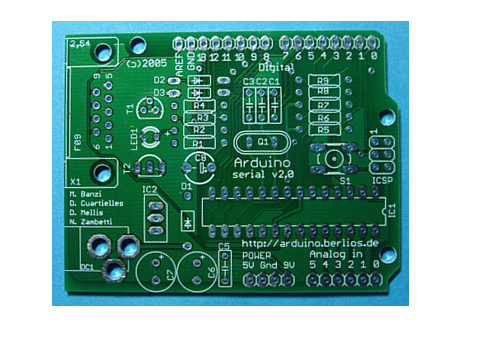What are the meanings and characteristics of common drilling on PCB circuit boards?
As we all know, common drilling holes for PCB circuit boards include through holes, blind holes, and buried holes. So, what are the meanings and characteristics of these three kinds of holes?
Common drilling holes for PCB circuit boards
1. Via hole (VIA): This is the most common hole on the PCB circuit board, which mainly plays the role of interconnection and conduction of circuits.
PCB is made up of many layers of copper foil, each layer of copper foil will be covered with an insulating layer, so that the copper foil layers can not communicate with each other, the signal link depends on the via (via) .
The characteristic is: the via hole must be a hole to make the circuit board production stable and reliable. With the rapid development of the electronics industry, higher requirements have been put forward for the production process and surface mount technology of printed circuit boards.

The process of plugging via holes must meet the following requirements:
(1) It is sufficient if there is copper in the through hole, and the solder mask can be plugged or not plugged.
(2) There must be tin-lead in the through hole, with a certain thickness requirement (4um), and no solder mask ink can enter the hole, resulting in hidden tin beads in the hole.
(3) The through holes must have solder mask ink plug holes, opaque, and must not have tin rings, tin beads, and flatness requirements.
2. Blind via: It is to connect the outermost circuit of the PCB with the adjacent inner layer with electroplated holes. Because the opposite side cannot be seen, it is called blind through; at the same time, in order to increase the use of space between PCB circuit layers, blind vias are introduced. pregnancy.
Features: Blind holes are located on the top and bottom surfaces of the circuit board with a certain depth. They are used to link the surface circuit and the inner circuit below. The depth of the hole usually does not exceed a certain ratio (aperture). To make blind holes, you need to pay special attention to the depth of the drilling to be just right. If you don't pay attention, it will cause difficulties in electroplating in the hole.
3. Buried vias: the links between any circuit layers inside the PCB are not conducted to the outer layer, that is, the vias that do not extend to the surface of the circuit board.
Features: The buried hole must be drilled when the individual circuit layers are made. The inner layer is partially bonded and then electroplated. Finally, it can be fully bonded. It takes more time and effort than the original vias and blind holes, so the price It is also the most expensive. Buried vias are usually only used in high-density PCB production processes. Drilling is very important. If the operation is improper, the drilling will cause problems, and the device cannot be fixed on the PCB circuit board. At least it will affect the use, and the entire board will be scrapped. .
The above is the meaning and characteristics of common drilling on PCB circuit boards. How much do you know?